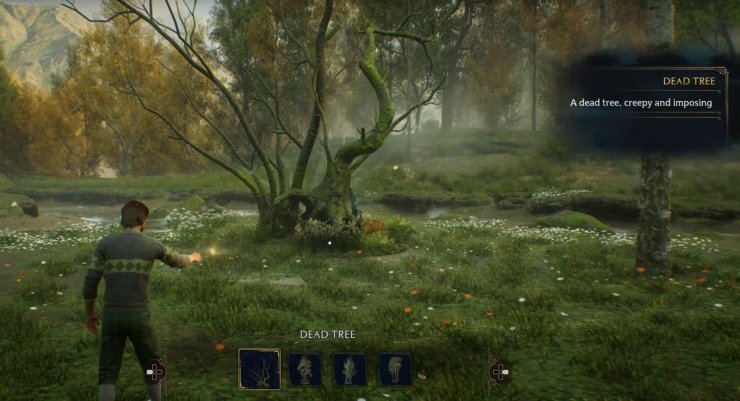Warner Bros Interactive Entertainment and Avalanche Software’s action role-playing game, Hogwarts Legacy, is now available on PC. In this article, Gurugamer is going to showcase the best settings for getting optimized performance on low-to-mid-end system specs.
Before playing, it is recommended to update your GPU drivers and Windows drivers to the latest version. GPU manufacturers tend to release optimization updates for the biggest releases of the year, and Hogwarts Legacy is certainly one of them.

Display Options
The below settings would work as long as your system meets the minimum requirement to run the game. If your PC already has decent FPS, it might be a good idea to tune up the settings to make the game look better.
- Window Mode: Windowed Fullscreen
- Resolution: Max resolution of your display
- Rendering Resolution: As per the native resolution of your display screen and preference
- Upscale Type: Nvidia DLSS
- Upscale Mode: Nvidia DLSS Performance
- VSync: Off on a VRR/G-Sync supported display, On otherwise
- Frame Rate: As per the native refresh rate of your display and preference (Uncapped on VRR/G-Sync display)
Graphics Options
Overall, Texture quality is the most important setting - you should try to have it at High in order to make the game look better.
Population quality is pretty taxing - it determines the amount of NPC walking around in the game. Even better PCs might have issues at maximum. Don't even touch Ray Tracing if your PC is not a 3000 or 4000 series.
The other quality settings like effect, fog, sky, material, and foliage are not that important - higher settings barely look better than Medium. It is best to just leave them at medium to squeeze as much performance out of the game as possible.
- Global Quality Preset: Custom
- Effects Quality: Medium
- Material Quality: Medium
- Fog Quality: Medium
- Sky Quality: Medium
- Foliage Quality: Medium
- Post Process Quality: Medium
- Shadow Quality: Medium
- Texture Quality: High (or higher, depending on available VRAM)
- View Distance Quality: Medium
- Population Quality: Medium
- Ray Tracing Reflections: Off
- Ray Tracing Shadows: Off
- Ray Tracing Ambient Occlusion: Off
If you find your system’s still struggling, however, developer Portkey Games has conveniently provided a description of what each setting does in the graphics options menu, as well as whether they affect CPU or GPU performance. The Harry Potter spin-off also supports AMD FSR, Intel XeSS, and Nvidia DLSS upscaling, all three of which help boost fps with minimal impact to image fidelity.
Hogwarts Legacy System Requirements

MINIMUM:
- Requires a 64-bit processor and operating system
- OS: 64-bit Windows 10
- Processor: Intel Core i5-6600 (3.3Ghz) or AMD Ryzen 5 1400 (3.2Ghz)
- Memory: 16 GB RAM
- Graphics: NVIDIA GeForce GTX 960 4GB or AMD Radeon RX 470 4GB
- DirectX: Version 12
- Storage: 85 GB available space
- Additional Notes: SSD (Preferred), HDD (Supported), 720p/30 fps, Low Quality Settings
RECOMMENDED:
- Requires a 64-bit processor and operating system
- OS: 64-bit Windows 10
- Processor: Intel Core i7-8700 (3.2Ghz) or AMD Ryzen 5 3600 (3.6 Ghz)
- Memory: 16 GB RAM
- Graphics: NVIDIA GeForce 1080 Ti or AMD Radeon RX 5700 XT or INTEL Arc A770
- DirectX: Version 12
- Storage: 85 GB available space
- Additional Notes: SSD, 1080p/60 fps, High Quality Settings
>>> Read more: 100% Achievement Guide For Hogwarts Legacy










Comments